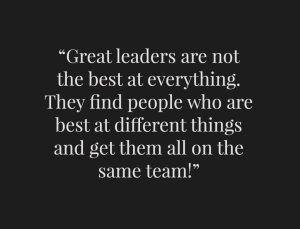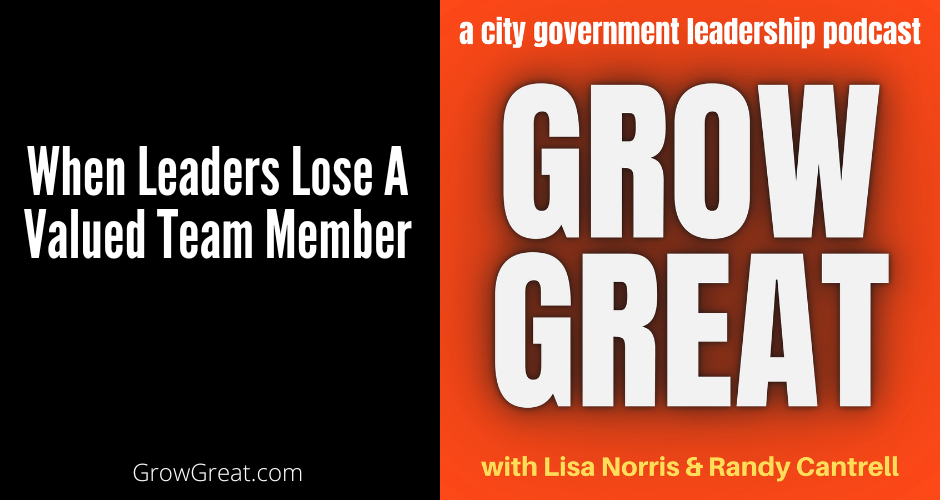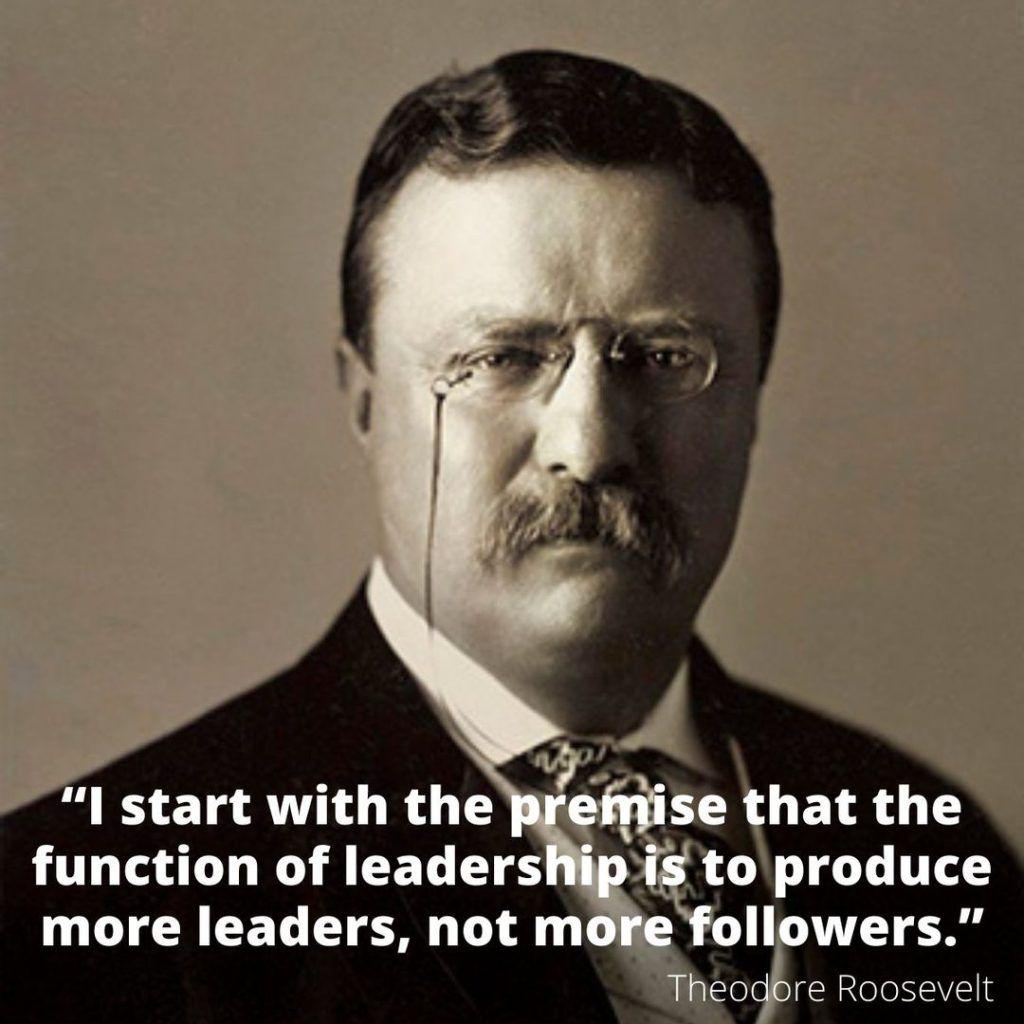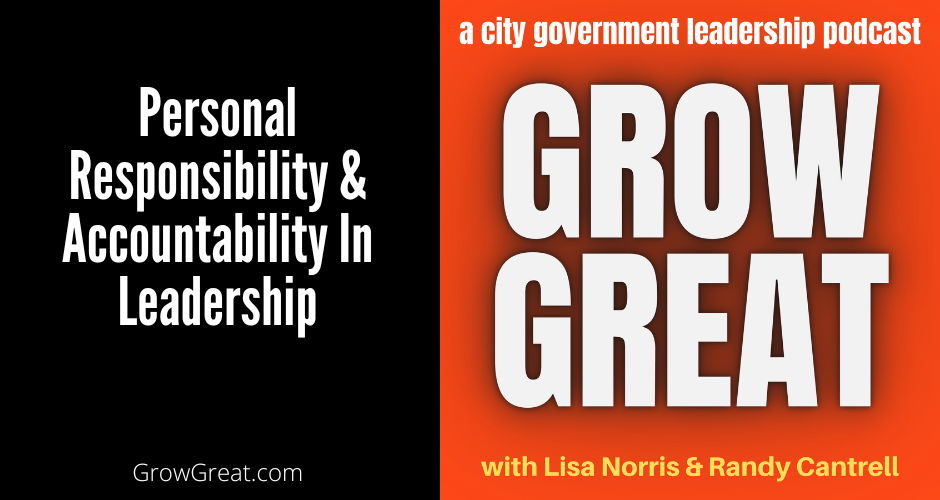Great Leaders Find People Who Are Best At Different Things
Podcast: Play in new window | Download (Duration: 41:51 — 38.3MB)
Subscribe: Apple Podcasts | Spotify | RSS | More
 This quote serves as today’s conversation starter. “Great leaders are not the best at everything. They find people who are best at different things and get them all on the same team!”
This quote serves as today’s conversation starter. “Great leaders are not the best at everything. They find people who are best at different things and get them all on the same team!”
Keep in mind that Lisa and I define leadership in a few simple terms:
• A focus on others
• Doing for others what they can’t do for themselves
• Positive influence
We’re tempted to surround ourselves with people mostly like we are. “Birds of a feather,” and all that. Great leaders figure out how to identify what others may be best at, and put them into a place where they can be most successful in helping the team achieve more. It’s how high-performance cultures are built.
Be well. Do good. Grow great!

Check out the Hosts page for our profiles.
Connect With Lisa On Linkedin • Connect With Randy On Linkedin
We encourage you to contact us. Feedback, suggestions, criticisms, insights, experiences – they’re all welcomed. Thank you for watching and listening!
Great Leaders Find People Who Are Best At Different Things Read More »












